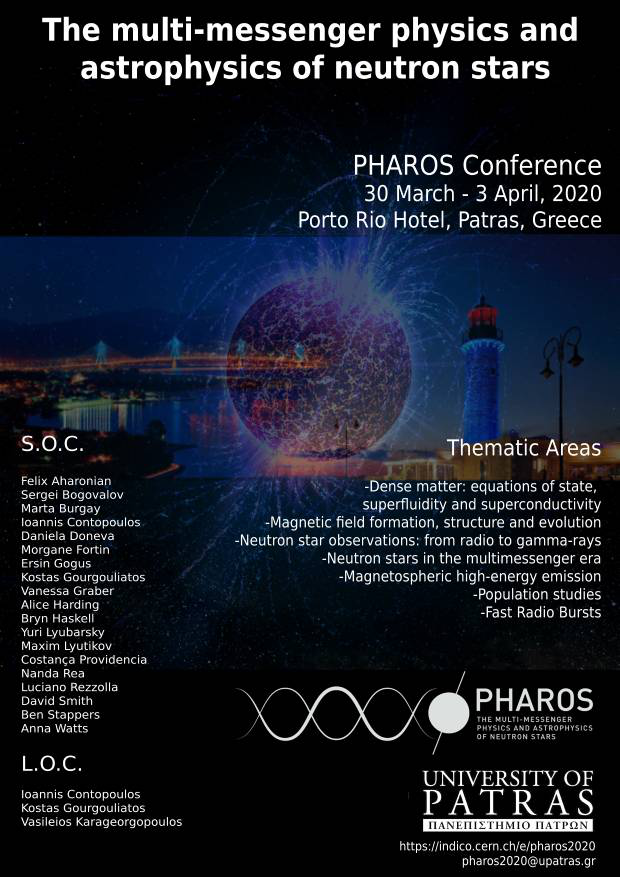Speaker
Description
Young neutron stars provide unique insights into astrophysics that are not available from the bulk of the pulsar population. The smooth spin-down of young radio pulsars is perturbed by two non-deterministic phenomenon, timing noise and glitches. Timing noise is a type of rotational irregularity which causes the pulse arrival times to stochastically wander about a steady spin-down state while glitches are sudden jumps in the pulsars' spin-frequency. Both these phenomena allow us to probe nuclear and plasma physics at extreme densities. Long-term timing of young radio pulsars also provides the most promising avenues for studying their spin-evolution through measurements of the braking index ($n$). I will present results on the long-term evolution and timing noise properties of 85 high $\dot{E}$, young radio pulsars observed over $\sim$ 10 years with the 64-m Parkes radio telescope using Bayesian inference. I will discuss significant measurements of $n$ in a subset of 19 pulsars and show that they are consistent over time and in the presence of glitches. Finally, I will show that over decadal timescales, the value of $n$ can be significantly larger than the expected value of 3 and discuss the implications for the long-term evolution of pulsars.

